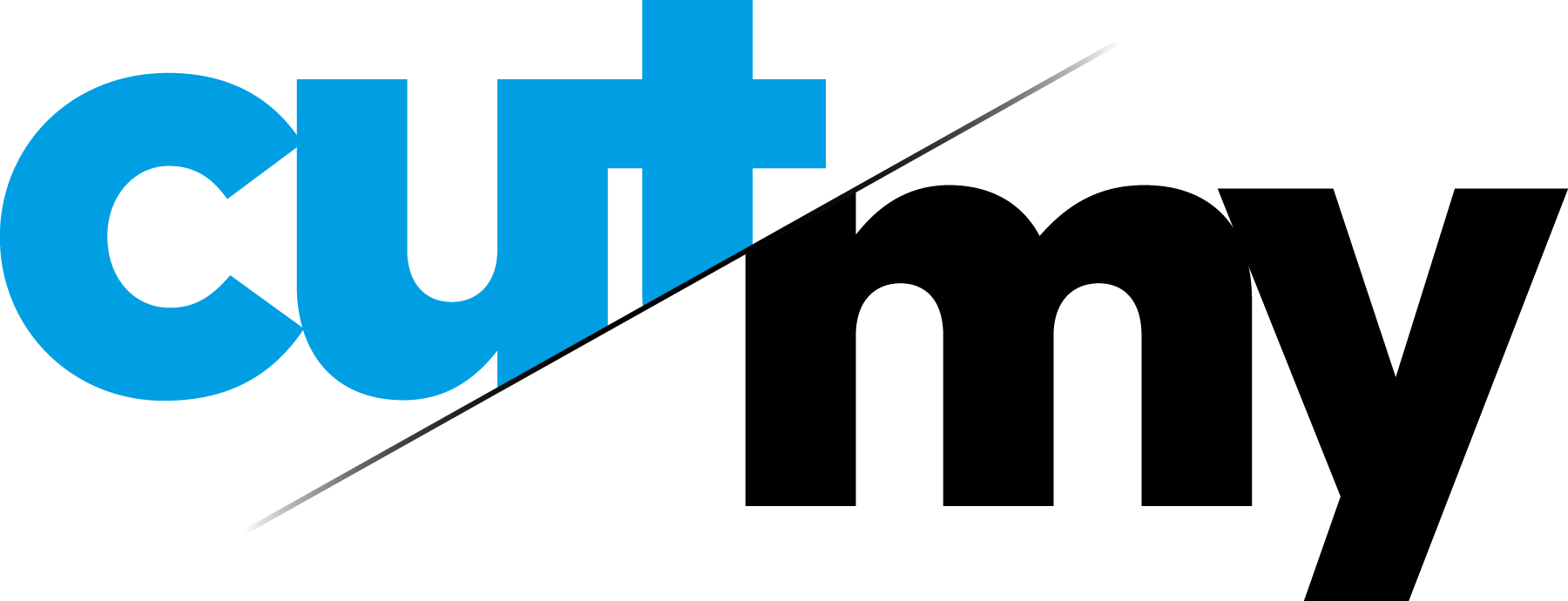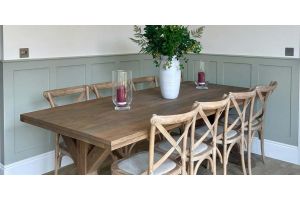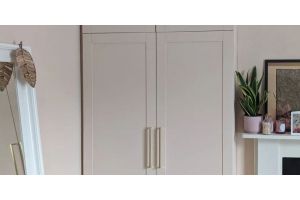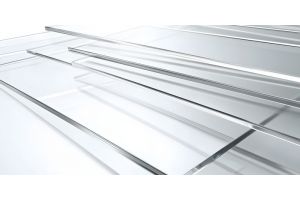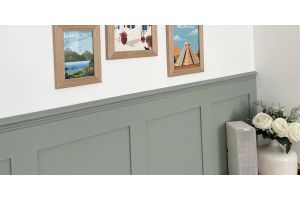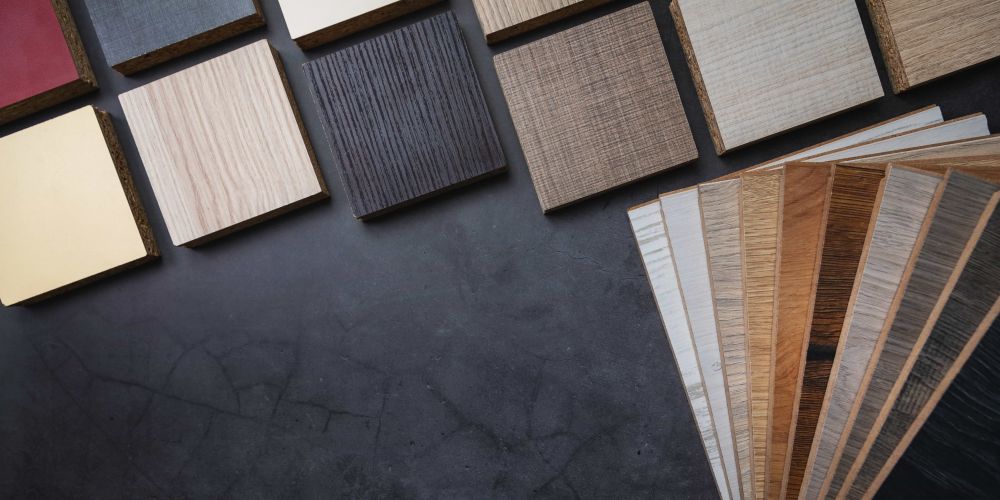| Question |
MDF |
MFC |
| What is it made of? |
MDF, or medium-density fiberboard, is made from wood fibres combined with adhesive resins. The wood fibres are typically sourced from softwood or hardwood, and they are bonded together under high pressure and heat to form a dense and uniform panel. |
MFC, or melamine-faced chipboard, is made from wood chips or particles that are bound together with adhesive resins. The surface of MFC is covered with a melamine resin-impregnated paper overlay, which provides a decorative finish and enhances its durability. |
| What are its strengths? |
MDF is known for its uniform density and smooth surface, making it ideal for machining and finishing. It is dimensionally stable, resistant to warping and shrinking, and offers excellent screw-holding strength. MDF also provides a consistent surface for painting, laminating, and veneering. |
MFC offers a cost-effective alternative to solid wood and other engineered wood products. It has a durable surface finish that is resistant to scratches, stains, and moisture. MFC panels are available in a wide range of colours and textures, allowing for versatile design options. Additionally, MFC is lightweight and easy to work with, making it suitable for a variety of furniture and interior applications. |
| What are some common uses? |
MDF is commonly used in furniture manufacturing, cabinetry, shelving, moulding, and architectural applications. It is also used in construction for interior panelling, partitions, and decorative elements. Additionally, MDF is often used as a substrate for laminates, veneers, and paint finishes due to its smooth and uniform surface. |
MFC is widely used in the production of furniture, such as desks, cabinet doors, wardrobes, and shelving boards. It is also used in the manufacturing of interior doors, wall panelling, store fixtures, and kitchen countertops. The decorative surface of MFC makes it suitable for residential, commercial, and institutional settings where both aesthetic appeal and durability are important. |
| Is it moisture resistant |
MDF is susceptible to moisture and can swell or warp if exposed to water or high humidity for prolonged periods. However, moisture-resistant MDF, treated with special additives or coatings, is available for applications where moisture resistance is required. |
MFC is more moisture-resistant than standard MDF due to its melamine resin overlay, which provides a protective barrier against moisture ingress. While not completely waterproof, MFC can withstand occasional spills and humid environments better than untreated MDF. |
| Can it be painted? |
MDF provides a smooth and uniform surface that is suitable for painting. It accepts paint well and can be easily primed and painted to achieve desired colours and finishes. |
MFC can be painted, but it may require surface preparation such as sanding and priming to ensure proper adhesion of the paint. Alternatively, MFC panels are available in pre-finished colours and textures, eliminating the need for painting. |
| Is it suitable for outdoor use? |
MDF is not suitable for outdoor use as it is prone to moisture damage and can deteriorate when exposed to rain, sunlight, and temperature fluctuations. For outdoor applications, alternative materials such as exterior-grade plywood sheets or plastic composites are recommended. |
MFC is not recommended for direct outdoor exposure due to its susceptibility to moisture and UV degradation. However, it can be used in covered outdoor areas or protected environments where it is shielded from direct sunlight and moisture exposure. |

